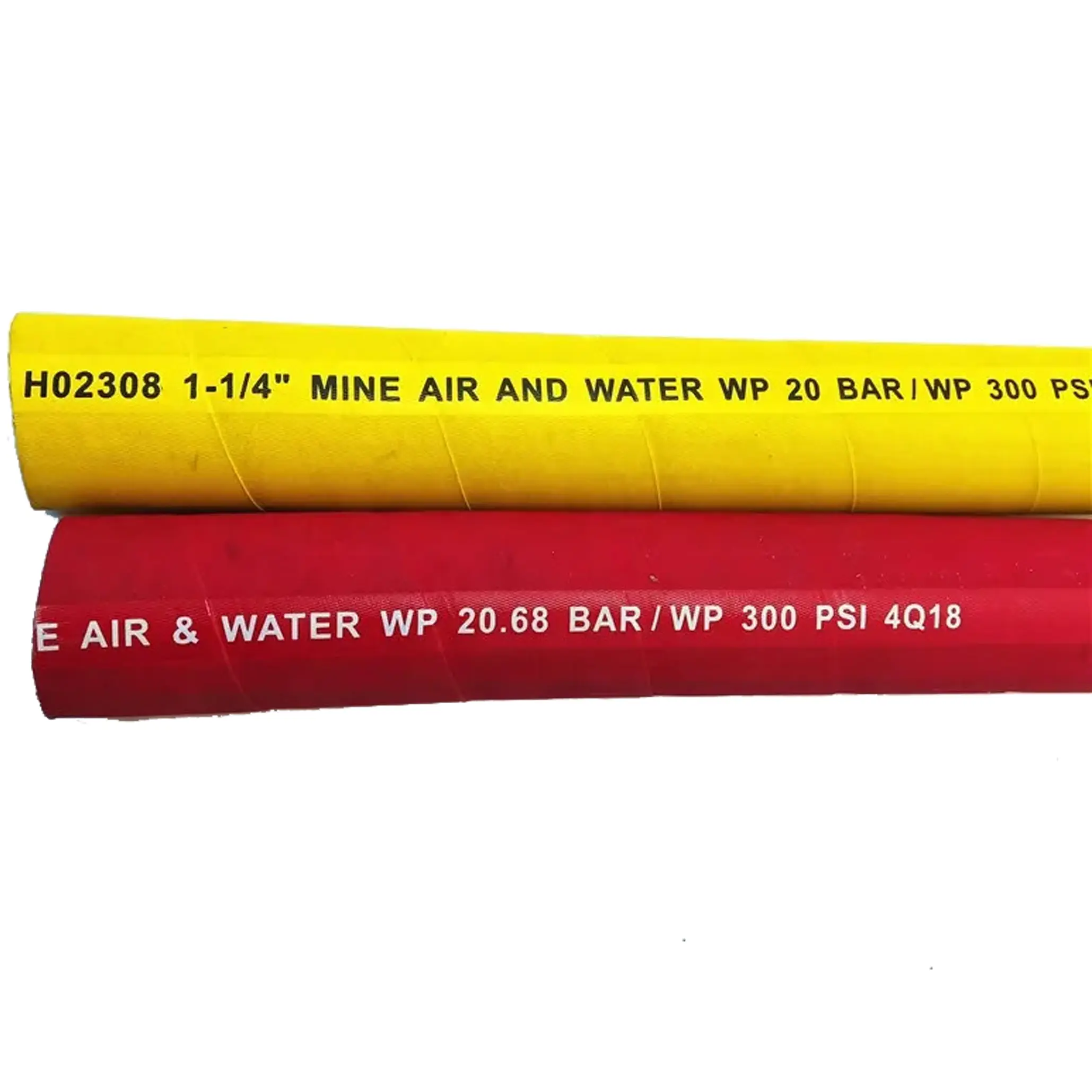335345435
Aug . 21, 2024 09:47 Back to list
High-Pressure Hydraulic Hose SAE 100R6 Suitable for OEM Applications and Industrial Use
Understanding OEM SAE 100R6 A Comprehensive Overview
When it comes to hydraulic hoses, industry standards play a crucial role in ensuring safety, durability, and reliability. One such standard is the SAE 100R6. This specification is particularly relevant for manufacturers and users of hydraulic systems, particularly in industries where fluid transfer is essential. Let's delve into what OEM SAE 100R6 entails, its applications, and its significance in the hydraulic systems landscape.
What is SAE 100R6?
SAE stands for the Society of Automotive Engineers, an organization dedicated to setting standards for the automotive and engineering industries. The SAE 100R6 specification specifically outlines the requirements for hydraulic hoses used in various applications. It provides guidelines regarding the construction, performance, and testing of hydraulic hoses, ensuring they can withstand the demanding conditions often encountered in hydraulic systems.
The 100R6 designation indicates that this hose is designed for low-pressure hydraulic applications. Typically, SAE 100R6 hoses feature a rubber inner tube, which is resistant to the hydraulic fluids that may come into contact with it. Surrounding this inner tube, there is a textile braid reinforcement, providing additional strength and flexibility. Finally, the outer cover is made from weather-resistant rubber, offering protection from environmental factors such as UV rays, ozone, and abrasion.
Applications of SAE 100R6 Hoses
SAE 100R6 hoses are widely used in a variety of applications, particularly in industries like agriculture, construction, and manufacturing. Some common uses include
1. Agricultural Equipment Farmers rely on hydraulic systems for tractors and other machinery. SAE 100R6 hoses can efficiently transport hydraulic fluids necessary for lifting, pushing, or pulling equipment.
oem sae100r6

2. Automotive Systems They are also found in automotive hydraulic systems, including power steering mechanisms and braking systems, where reliable performance is critical.
3. Construction Machinery Hydraulic machinery used in construction, such as excavators and loaders, often incorporates SAE 100R6 hoses to facilitate fluid transfer.
4. Manufacturing Processes In factories where hydraulic machinery is used, these hoses help in the operation of various automated systems, ensuring that equipment functions smoothly.
Importance of OEM Standards
The term OEM refers to Original Equipment Manufacturer. For hydraulic hoses, using components that align with OEM standards like SAE 100R6 guarantees that the parts fit perfectly and function as intended. This compatibility is vital not only for performance but also for safety. High-quality OEM products ensure that the hydraulic system can withstand the pressures it encounters during operation, thereby reducing the risk of failures that can lead to accidents or equipment damage.
Moreover, choosing hoses that meet these specifications can help extend the lifespan of the hydraulic systems. By adhering to established standards, manufacturers can offer products that have been rigorously tested and comply with industry safety norms, resulting in lower maintenance costs and increased operational efficiency over time.
Conclusion
In conclusion, the OEM SAE 100R6 specification represents a vital standard in the realm of hydraulic hoses. Its applications span across diverse industries, ensuring robust hydraulic performance in agricultural, automotive, and construction machinery, among others. By adhering to this standard, manufacturers and users can ensure the reliability and safety of hydraulic systems. Investing in quality hoses that meet SAE 100R6 specifications is not only a matter of conformity but also a valuable strategy for enhancing overall system efficiency and longevity.
-
SAE 100 R17 Black Smooth Cover Hydraulic Hose
NewsMar.07,2025
-
SAE 100 R17 Black Smooth Cover Hydraulic Hose
NewsMar.07,2025
-
SAE 100 R17 Black Smooth Cover Hydraulic Hose
NewsMar.07,2025
-
SAE 100 R17 Black Smooth Cover Hydraulic Hose
NewsMar.07,2025
-
SAE 100 R17 Black Smooth Cover Hydraulic Hose
NewsMar.07,2025
-
steel wire braided hydraulic hose
NewsMar.07,2025



